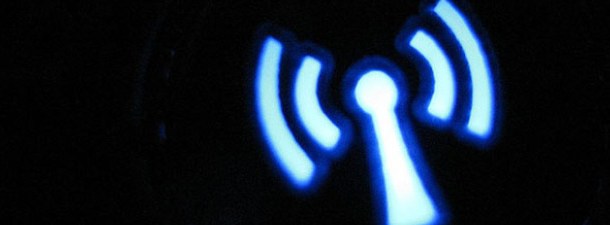Even for the most inexperienced user, there are very easy ways of hacking into your Wi-Fi. Below, we explain how to detect and prevent any attacks
In the early days of the Internet, stealing or hacking into Wi-Fi accounts was something only software pirates were capable of. The complexity of the process meant that it was only within the scope of IT experts with state-of-the-art technological equipment and material.
However, over the past few years, it’s been possible to access neighbours’ connections just by pressing a key on a smart phone or a mobile device. In other words, to commit this kind of crime nowadays you don’t have to be an expert, you just need something as simple as a mobile phone with an operating system with the right applications.
Currently, Internet users can simply and rapidly access other people’s Wi-Fi networks by means of applications of terminals or programs which are easy to find. These programs locate the different connections around you and provide their passwords, enabling illegal use of them free of charge. In addition, networks set up further away can be hacked into if you have a good aerial. Quite a bargain for people who don’t want to pay for access to the Internet.
Preventing attacks
Experts point to users’ lack of knowledge of how to maintain a secure network. On occasions Internet users leave their networks unprotected or are unaware of their security status, providing an easy opportunity to hack into their accounts. It is therefore important to bear in mind certain aspects of the connection in order to prevent attacks and potential theft.
1.Change the default password
To begin with, we recommend going into the router and deleting the default settings which come with the device, as there are algorithms which are able to decipher factory sequences and passwords. During this essential step you should change the name of the Wi-Fi network provided by the manufacturer and then choose a sufficiently secure password, alternating numbers, characters and letters. Similarly, the leading security experts advise changing the password from time to time, thereby making it less easy for a potential hacker to steal your Internet connection. Furthermore, you should select WPA2 protection in the router, as it will keep the computer protected against simple usurpation programs such as those currently available in the main mobile application stores like the App Store and Google Play.
2.Make your connection invisible
Another quick and simple way of protecting your computer from potential hackers is to make your connection “invisible”. To do this you will have to disable the Wi-Fi’s identification code (the SSID name of the network). With this simple modification you can conceal your Wi-Fi from the potential “radars” of usurpation programs.
3.Use an antivirus
Another tool which can help you to protect your PC from external attacks is a firewall. This tool acts as a fence between your computer and the Internet, blocking the passage of hackers through the network. Although the firewall acts as a barrier between the Internet and your computer, it requires the help of antivirus and anti-malware programs to achieve optimal security.
Apart from the different programs, the main indication that someone is connected to your Wi-Fi is that your computer connection is slow for no apparent reason.
Another sure sign is the intermittent nature of the signal. If it comes and goes, you have good reason to be suspicious. One of the simplest ways of knowing whether you have been hacked is to see whether the router light goes on and off after you have turned off all the wireless connection devices.
Even if you follow the above advice, it is possible for someone to hack into your Wi-Fi, but there are ways of knowing whether it is being stolen, as well as programs to confirm your suspicions, as mentioned above. Who Is On My Wi-Fi and Wireless Network Watcher are two of the applications which will help you know if someone is stealing your Wi-Fi. The former allows you to monitor, in real time, all the devices (PCs, mobiles and tablets) connected to your Wi-Fi network and access the history of all the recorded accesses. However, to block a certain device you will need to have the paid version of the tool.
Another program which can protect wireless networks is the Zamzom Wireless Network Tool. This software detects all the IP numbers and MAC addresses on the network and any system which is hidden on it. It operates very simply; once you have seen the IP numbers of all the computers connected to the network, you can easily find out which number on the list is not yours.
Similarly, there is other software which can help you to check the status of the connection by measuring the speed of the network. To catch intruders you can also use programs like BASpeed, JD’s Auto Speed Tester and NetTraffic.
Finally, you can also tell if your Wi-Fi is being stolen by means of the clues often left by less experienced cyber bandits, such as when, by failing to take certain precautions, they cause the connection of an unknown network device to appear on the computer of the hacked user.









